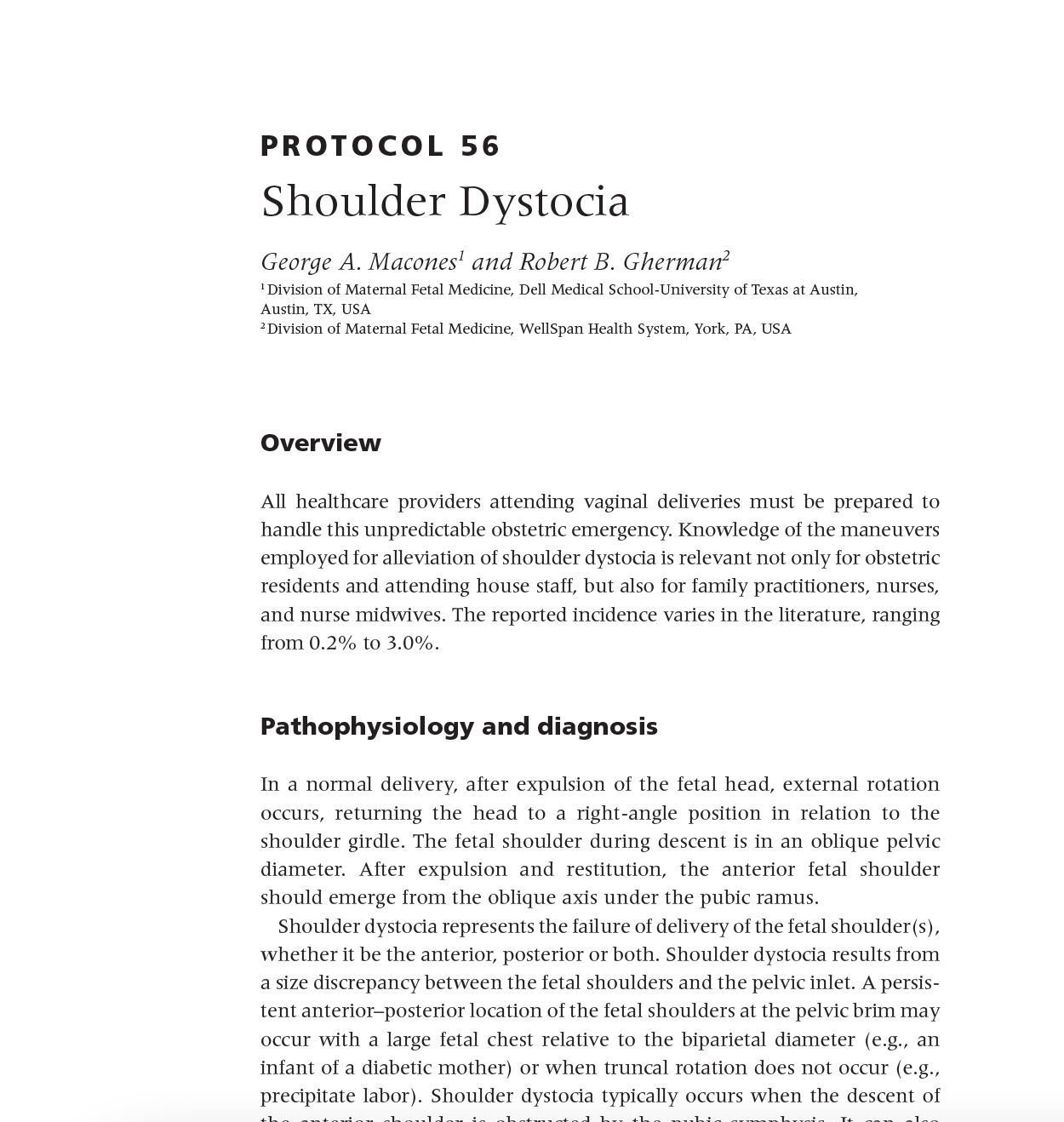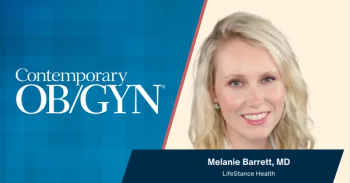
- Vol 65 No 12
- Volume 65
- Issue 12
Protocols for High-Risk Pregnancies, 7th Edition: Protocol 56 - Shoulder Dystocia
All healthcare providers attending vaginal deliveries must be prepared to handle this unpredictable obstetric emergency. Knowledge of the maneuvers employed for alleviation of shoulder dystocia is relevant not only for obstetric residents and attending house staff, but also for family practitioners, nurses, and nurse midwives. The reported incidence varies in the literature, ranging from 0.2% to 3.0%.
Overview
All healthcare providers attending vaginal deliveries must be prepared to handle this unpredictable obstetric emergency. Knowledge of the maneuvers employed for alleviation of shoulder dystocia is relevant not only for obstetric residents and attending house staff, but also for family practitioners, nurses, and nurse midwives. The reported incidence varies in the literature, ranging from 0.2% to 3.0%.
For an in-depth review, read a chapter summary
Read the full chapter via PDF below:
Articles in this issue
almost 5 years ago
Did L&D negligence cause urogynecologic injuries?almost 5 years ago
State of the Industry 2020about 5 years ago
Lymphangioma circumscriptumabout 5 years ago
Managing fetal sex discordance in cfDNAabout 5 years ago
Protocols for High-Risk Pregnancies, 7th Edition: Shoulder Dystociaabout 5 years ago
The year in reviewabout 5 years ago
Contemporary OB/GYN®: A look back to 2020about 5 years ago
A special thanksNewsletter
Get the latest clinical updates, case studies, and expert commentary in obstetric and gynecologic care. Sign up now to stay informed.











